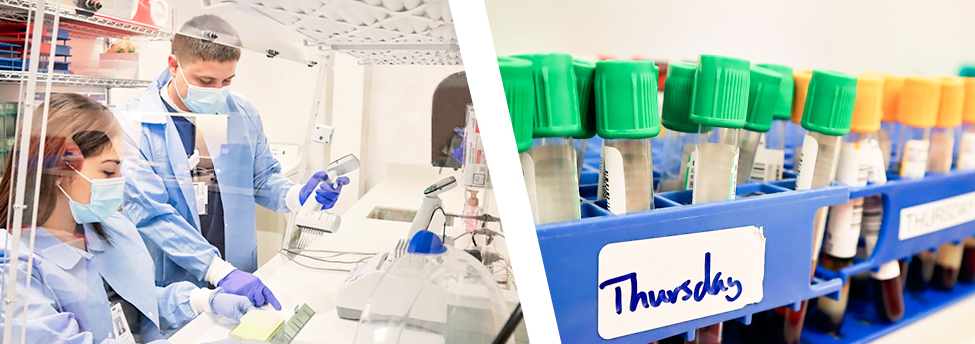El Paso Children’s Hospital
Keeping patient rooms clean and safe
From the beginning of the pandemic, El Paso Children’s hospital wanted to test every patient coming in for COVID-19 to ensure the safety of other patients and providers. Providers were having trouble finding space to perform all these tests, even with drive through testing. El Paso Children’s serves patients from as far away as New Mexico and even Jaurez. Telling patients to travel to the hospital twice – once for a COVID-19 test and then again for the medical appointment – was not feasible for many of these patients.
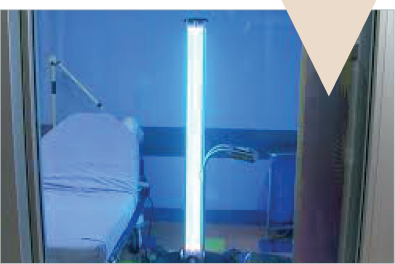
El Paso Children’s purchased two UVDI-360 room sanitizers, which were named Optimus Prime and Bumblebee.
Adding to lack of space, rooms must be thoroughly sanitized between each patient which can take a bit of time – 75 minutes to be exact. Administrators at El Paso Children’s turned to technology, purchasing UVDI-360 room sanitizers. El Paso Children’s Hospital is one of 10 children’s hospitals in the nation to receive these high-level sterilization machines. The towers are capable killing over 36,000 different types of pathogens in a 10-minute cycle.
The UVDI-360 machines, named Optimus Prime and Bumblebee, are allowing El Paso Children’s to see and test more patients. Moving patients through the process quicker also cleared up bottlenecking issues they were seeing in the waiting rooms.
To ensure safety from harmful UV rays, the machine can only be run if the door is closed and nobody is in the room. The UVDI-360 comes equipped with motion sensors and immediately shuts off if anyone accidentally enters the room.
El Paso Children’s currently has two UVDI-360 machines. The El Paso Children’s Hospital Foundation is hoping to purchase more equipment to sterilize rooms.
Driscoll Children’s Hospital
Finding new ways to care for children
Like many health care organizations, Driscoll Children’s Hospital quickly adopted telemedicine to continue providing care to patients. The use of telemedicine was expanded into different specialty departments, to allow patients to keep appointments when counties issued shelter-in-place guidelines or when families were reluctant to travel.
The rehabilitation department at Driscoll Children’s Hospital was quick to embrace telehealth as a way to continue to serve the children of South Texas during the pandemic. Physical therapy, speech therapy and occupational therapy staff figured out quickly how to engage with kids and families through a virtual platform so that therapy could continue.
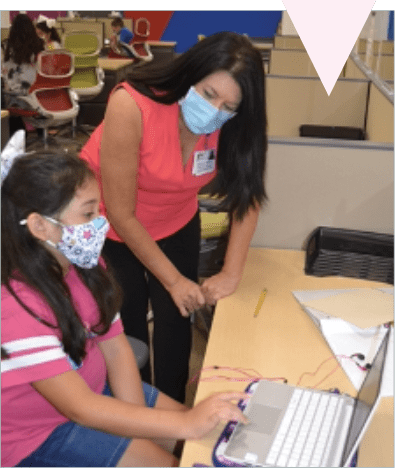
Driscoll Children’s Hospital expanded its telemedicine platform to continue to serve the children of South Texas during the pandemic.
The first teletherapy session for the Driscoll Rehab Department was completed in March 2020. As of Nov. 30, the department has completed over 14,187 telehealth visits: 10,785 visits in speech therapy, 1,607 visits in physical therapy and 1,795 visits in occupational therapy. Currently, the Driscoll rehab department continues to hold 25% of its outpatient rehabilitation visits virtually.
For Driscoll, caring for children during a pandemic extended beyond the bedside and into the classroom. To help children adapt to the virtual learning environment, a virtual support program was established for the children of Driscoll Health System employees in Corpus Christi and McAllen. During the period of the pandemic when schools were only teaching online, the virtual support program provided classroom space at a Driscoll facility for employees’ children to work on their online lessons with assistance from certified teachers and assistant teachers. The program served students in kindergarten up to eleventh grade with a safe learning environment that followed all safety precautions so students could continue to learn while their parents worked.
Peterson Health
Learning how to communicate through a crisis

In the early weeks of the pandemic, leaders at Peterson Health were searching for new ways to provide their community with the most accurate and up-to-date information on Peterson Health’s response to the virus. “Our goal was to be a trusted source of information about COVID-19 and we did everything we could to remain visible to the community,” says Cory Edmondson, president and CEO at Peterson Health.
To meet the need for reliable and concise information, Pam Burton, BSN, RN, infection preventionist at Peterson Health, recorded a daily audio update for the community. These two to four-minute updates quickly became one of Peterson’s most visited resources. These daily updates include new hospital policies, testing numbers and hospitalization numbers and provided Peterson with a platform to assuage the community’s fears and dispel misinformation about the virus.

Peterson Health recorded a daily audio update that included new hospital policies, testing and hospitalization numbers.
In addition to providing regular, timely updates, Peterson Health remained engaged with other prominent figures and organizations within the community to ensure they presented a unified response to the ongoing pandemic. “I was engaged at the joint operations center level with the county, the city, the university, the school districts, chief of police,” says Edmondson. “We were having regular meetings and then we would give public announcements about how we were all working together.”
United Regional Health System
Equipping COVID-19 patients with the tools and knowledge to heal
Beginning in mid-March, United Regional Health Care System quickly implemented new strategies to protect the health and well-being of their staff and patients. Key initiatives included a comprehensive visitor monitoring system, drive-through COVID-19 testing and telehealth visits.
One of the most significant additions amid the pandemic was the implementation of a COVID-19 remote monitoring program, which serves discharged COVID-19 positive patients who are monitored at home for potentially worsening or reappearing symptoms. With the goal of providing education and post-discharge support, United Regional saw reduced lengths of stay and readmissions. Participants receive a kit that includes a pulse oximeter, a zone card (patient education tool) and a log for recording their readings. As of mid-December, 62 patients were enrolled and 281 patients had successfully completed the program since it began in August 2020.
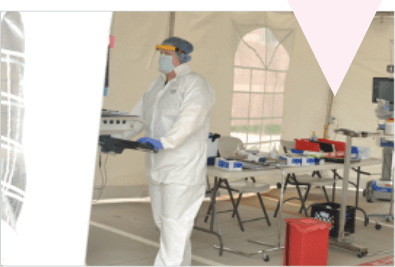
United Regional Health System implemented a COVID-19 remote monitoring program and curbside registration for outpatient imaging and infusion appointments.
In addition to the examples above, United Regional implemented other changes such as curbside registration for outpatient imaging and infusion appointments and a temporary framed tent to serve as an extension of the Emergency Department for those with minor conditions. These measures, aimed at protecting the health and safety of their staff, patients and visitors, have allowed United Regional to continue providing excellence in health care for the communities it serves.
Coryell Health
Expanding testing access and connecting patients with providers digitally
Coryell Health, a 25-bed hospital in Gatesville, aggressively worked to expand testing access to ensure that their community can get back to normal. By using continuous contact with the direct public, Coryell Health is actively encouraging health care providers, Texas Department of Criminal Justice Employees, cosmetologists and others to come in for testing. So far, the hospital has administered 62,168 COVID-19 tests.
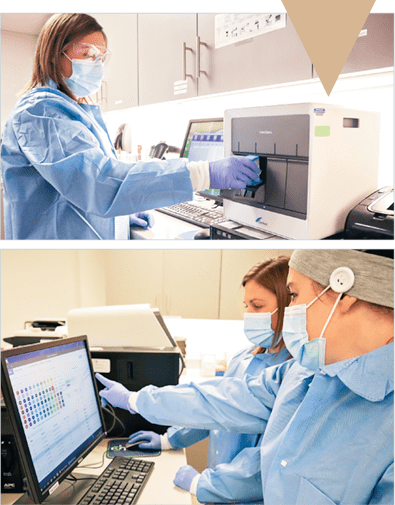
United Regional Health System implemented a COVID-19 remote monitoring program and curbside registration for outpatient imaging and infusion appointments.
A small hospital performing so many tests is no easy feat. To help with following up with patients, Coryell Health implemented a telehealth program that utilizes text messaging. Providers can send a text to their patients to share test results, check in on symptoms and schedule follow up appointments.
Providers at Coryell Health say that patients have responded well to the text messaging program and are very willing to type up their symptoms. In fact, many have said they prefer it to a video or phone call – especially when experiencing respiratory symptoms.
Beyond COVID-19 testing, Coryell has been using telehealth throughout the pandemic to serve patients who have pre-existing conditions or at-risk family members and need to stay at home. They plan on continuing their telehealth program in the future.
